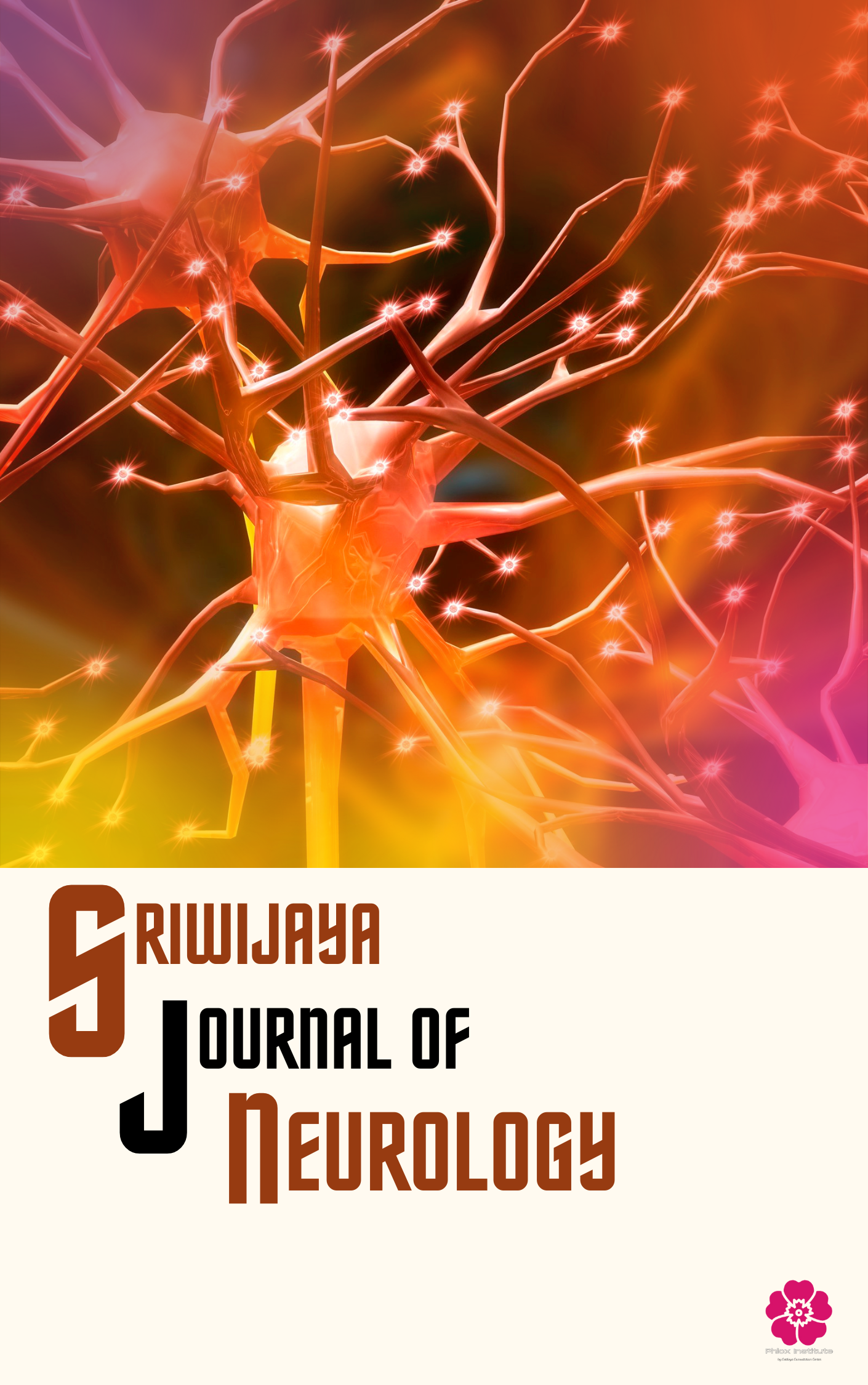Main Article Content
Abstract
Introduction: Post-infectious neurological complications (PINCs) in children represent a significant burden, particularly in developing countries like Indonesia. The early identification of high-risk children is crucial for timely intervention and resource allocation. We aimed to develop and validate a clinically applicable risk stratification score for PINCs in a Jakarta-based pediatric population.
Methods: A prospective cohort study was conducted at three major tertiary hospitals in Jakarta, Indonesia, between January 2020 and December 2022. Children aged 1 month to 18 years admitted with a primary infectious diagnosis were eligible. Potential risk factors were collected through detailed medical history, physical examination, and laboratory investigations. The primary outcome was the development of a PINC, defined as any new neurological deficit persisting for at least 24 hours after the acute infectious phase, and categorized using a modified Rankin Scale (mRS). Multivariable logistic regression was used to identify independent predictors and develop the Jakarta Post-Infectious Neurological Complication Risk Score (JPINCoRS).
Results: A total of 1250 children were enrolled, with 188 (15.0%) developing a PINC. The final JPINCoRS model included six independent predictors: (1) Type of infection (Central Nervous System [CNS] infection: odds ratio [OR] 4.5, 95% CI 3.2-6.3; Systemic infection with sepsis: OR 2.8, 95% CI 1.9-4.1), (2) Duration of fever >5 days (OR 2.2, 95% CI 1.5-3.2), (3) Presence of seizures during the acute infection (OR 3.5, 95% CI 2.4-5.1), (4) Altered mental status (Glasgow Coma Scale [GCS] <13) at admission (OR 3.0, 95% CI 2.1-4.3), (5) Thrombocytopenia (platelet count <100 x 10^9/L) (OR 1.9, 95% CI 1.3-2.8), and (6) Elevated C-reactive protein (CRP) >50 mg/L (OR 2.1, 95% CI 1.4-3.0). The JPINCoRS demonstrated good discrimination (area under the receiver operating characteristic curve [AUC] = 0.85, 95% CI 0.82-0.88) and calibration. Risk categories were defined as low (0-3 points), moderate (4-7 points), and high (8-12 points), with corresponding PINC rates of 3.5%, 18.2%, and 48.6%, respectively. Internal validation confirmed the model's robustness.
Conclusion: The JPINCoRS is a simple, clinically applicable tool for predicting PINCs in children in Jakarta, Indonesia. It can aid clinicians in identifying high-risk patients who may benefit from closer monitoring, neuroimaging, and early intervention strategies. Further external validation in other settings is warranted.
Keywords
Article Details
Sriwijaya Journal of Neurology (SJN) allow the author(s) to hold the copyright without restrictions and allow the author(s) to retain publishing rights without restrictions, also the owner of the commercial rights to the article is the author.

